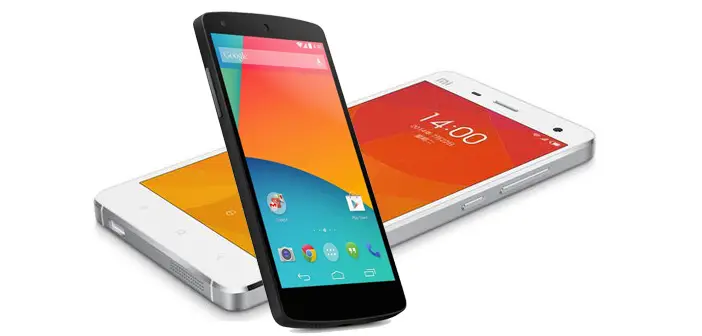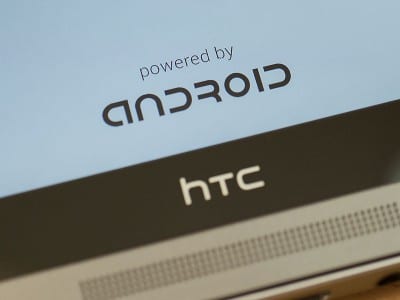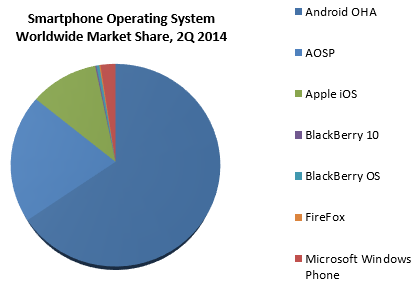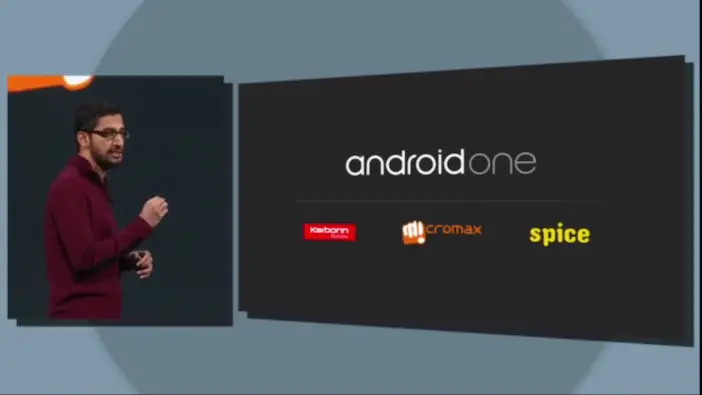Just this week we were given the news that Android now dominates the mobile market with 85% of total smartphone sales. So that means that more than 8 out of 10 phones are running Android. At Google I/O they announced that Android has over 1 billion active users and, for the first time ever, Android internet usage surpasses Apple. But Google has a real problem…with Android.
We may be at a stage where the fragmentation myth is slowly evaporating as OEMs work hard to update devices to current Android releases and are clear on the devices they are leaving behind. However, there exists a bigger issue with Android, and that’s the fact that not all Android is created the same.
AOSPeeved
Google freely gives away its work on Android under the Open Source framework and all the source code is available for developers to do with as they wish. This enables them to build devices and freely use an OS they don’t have to pay a fee for like days of old with Windows or Symbian. However, this Android Open Source Project (AOSP) is not the version you see on the vast majority of handsets.
 It used to be the stock, untouched version that appeared on Nexus devices. Pure Google experience devices were lusted after by fanatics and pretty hard to come by. However, even Nexus devices do not show this version of android any longer. The once open apps that appeared on Nexus and in AOSP source code are now closed and kept for only devices Google itself stamps with its approval.
It used to be the stock, untouched version that appeared on Nexus devices. Pure Google experience devices were lusted after by fanatics and pretty hard to come by. However, even Nexus devices do not show this version of android any longer. The once open apps that appeared on Nexus and in AOSP source code are now closed and kept for only devices Google itself stamps with its approval.
Google has closed off the usage of its dialler, mail, calendar, keyboard, camera and launcher, removing them from the AOSP vault. That’s not to say you can’t use AOSP Android as alternatives are provided, but they are no longer developed or updated. This is leading almost all OEMs to take the provided source and pull this as far away as possible from Google’s ideals.
Sure there are millions of device sold by the members of the Open Handset Alliance (OHA) that all feature prominent Google applications. However, if they must go to the extent of creating all these new apps to update the platform, why not make sure the whole OS reflects your wants and needs. Why not take Android and ‘fork it’.
Stick A Fork In Me
This action is taken by manufactures such as Amazon to create their own Fire OS, which means that all the development and work put into AOSP will return no reward to Google through purchased content or default search engine. This presents a huge problem for Google.
 The problem here is not limited to just a few OEMs either. The vast majority of Android devices produced in emerging markets come with no reference to Google whatsoever. Devices such as the Mi 4 sell in the millions, and return nothing back to Google. Users are able to install Google applications should they wish to; however, most feature alternatives to each and their own applications store.
The problem here is not limited to just a few OEMs either. The vast majority of Android devices produced in emerging markets come with no reference to Google whatsoever. Devices such as the Mi 4 sell in the millions, and return nothing back to Google. Users are able to install Google applications should they wish to; however, most feature alternatives to each and their own applications store.
The most notable of these is Alibaba, who after a brief fall out with Google over the use of Android now controls much of the application content in China. With Google refusing to do business in China they have missed at least a stake in the largest mobile market in the world.
By allowing OEMs to do as they like with Android, Google is frantically trying to limit losing their grip on exploding markets such as South America and India. Google knows another tide is coming and there is pretty much nothing they can do to stop it.
Losing Grip
New research by ABI Research has blown the lid off the issues of open source. It shows that 20 percent of the smartphones shipped worldwide between May and July were based on AOSP, meaning that Google has no control of its use and can expect little in revenue.
“AOSP’s growth is driven by the development of Chinese and Indian handset manufacturers, not only in their domestic markets, but increasingly throughout Asia and beyond,” said Nick Spencer, ABI Research.
So, it’s safe to say Android may be the market leader by a massive margin, but this is not all Google’s doing and relates little to the revenue they receive back from it.
They also show that a massive 51% of devices shipped in the first quarter are in Chinese or Indian Markets. This means one thing, a high majority of AOSP-based handsets with regional-based content providers installed and are targeting the low end and emerging market user.
The Next Billion
Google is trying to stem the tide, and also gain its next billion users with Android One. The low cost but high ability handsets that feature software and applications are created by Google directly. They have no carrier or provider alterations. So software updates will flow freely from Google, with the hope revenue will flow in the opposite direction.
This move will help with the spread of Google Android in a massive way. Although Google has identified the features they expect from the handset, the worry is that more cultural-based content providers are better suited to look after the emerging market’s needs.
This is certainly the claim from massive Chinese search company Baidu. They believe they have the experience and understanding to serve these users much better than the massive corporation in Silicon Valley. Baidu deal with a vastly wide demographic of users on a daily basis, from affluent and educated users to those that are poor and mildly illiterate.
Although Google is a diverse cultural pool, it is a far reach from understanding the needs of emerging markets. How can renowned individuals, many of which have abandoned their native countries, understand the users from poor regions of the world? Content provided by local providers could be much more culturally appropriate.
Powered by Android

Not all of the AOSP device stay in the ‘emerging markets’. There is a huge import business providing these and similar devices at ultra low-cost prices in the western world. Either by purchasing them through eBay or just at the local hardware retailer, these low cost devices are booming.
These devices do not reflect Android in the best light. They are extremely limited to use. They do not have access to the Google play store, or in fact any of Google’s services, and often run old, slow, and insecure versions of android. With underpowered internals, this experience often tarnishes Android’s appeal to users.
Thankfully, users are alert to the difference between an Android device made by Samsung and one made by a lower cost manufacturer. Samsung at one point distanced itself from even using the Android name, for fear of taking some of the glory away from its shiny high-end devices. Google has now imposed stricter guidelines on the use of its services, making more people aware of what’s running the device behind the scenes. It’s unsure if this has made any difference.
TL;DR
Android openness is both its most attractive feature, and its worst enemy, meaning very little control is maintained over serious issues. On the flip side, it allows limitless possibilities for what Android can do, both in powering varied devices, and personalising its appeal to users.
We may start to see three very different versions of Android when only two existed. Google’s ‘vanilla Android, OEM skinned Android with Google Play, and AOSP with no ‘Googleyness’. Which you choose is up to you. Let us know on Facebook, Twitter and Google Plus.
Last Updated on November 27, 2018.












